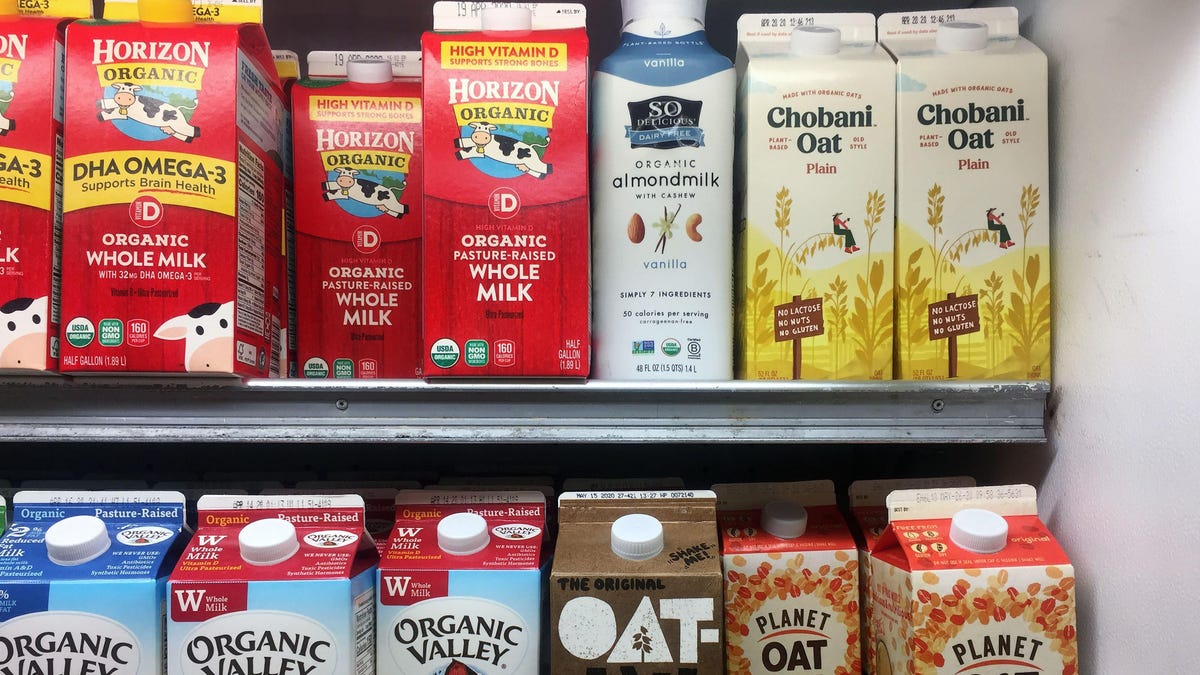Photo: Hulton Archive/Getty Images (Getty Images)
MSG, short for monosodium glutamate, is an ingredient commonly added to processed foods, most notably Chinese takeout, and is naturally found in tomatoes and cheese. It’s supposed to give food a more umami, or meaty, flavor, and was actually first derived from a commonly served seaweed broth in Japan around the turn of the 20th century (nowadays, it’s produced through fermentation of beets and other foods). Unlike some of the items on the list, MSG has been villainized more by the general public than by scientists.
Some people claim to be allergic to the ingredient and have reported headaches, nausea, chest pain, and other symptoms after eating food with MSG, even coining it “Chinese Restaurant Syndrome.” These complaints became so commonplace that the Food and Drug Administration commissioned an investigation into the matter during the 1990s. But the report found no evidence of a link between MSG and illness. Subsequent investigations by the World Health Organization and others have similarly found no smoking gun. MSG is still considered generally safe to eat, while activists have called for “Chinese Restaurant Syndrome” to be dropped completely from the dictionary. It’s theoretically possible that some people could have a true hypersensitivity to MSG, but the amount of MSG needed to hypothetically cause even mild symptoms in the average person is thought to be several times higher than anyone gets from a typical meal.
